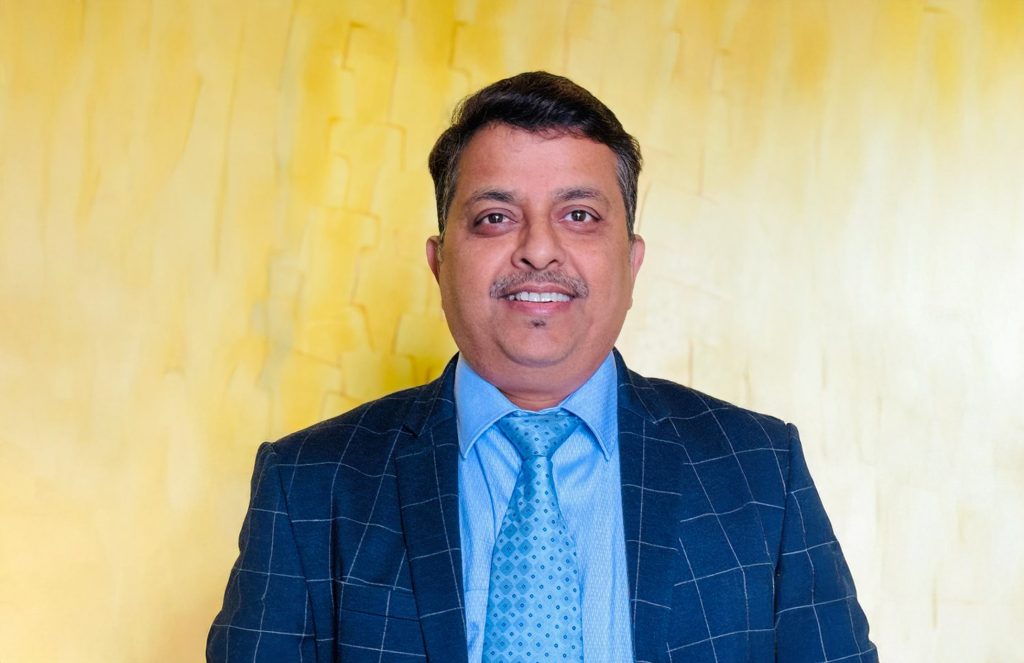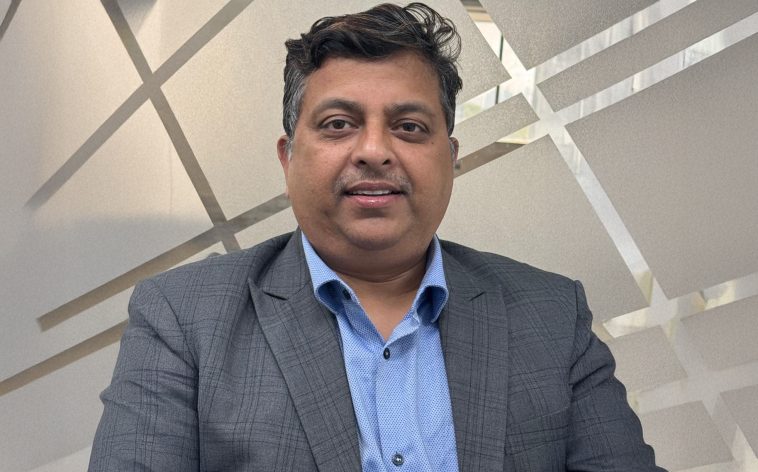In the era where speed, intelligence, and adaptability define market leaders, Anupam Anand stands out as a visionary transforming how businesses perceive and implement technology. As Vice President and AI & Automation Business Leader, he has consistently delivered measurable, high-impact results in sectors where the stakes are high and margins for error are minimal — banking and financial services, healthcare, and supply chain. His approach is rooted in the belief that artificial intelligence is not a distant promise but an immediate lever for growth, efficiency, and resilience.

Building the AI-Augmented Future
Anupam’s vision is as ambitious as it is practical — to evolve traditional business units into AI-augmented, automation-first organizations. This is not about replacing human intelligence but augmenting it, building systems where humans and machines collaborate seamlessly. For him, automation is not a one-off initiative but a long-term strategic capability. His frameworks are modular, industry-agnostic, and designed for scalability, which allows businesses to adapt quickly to regulatory, operational, or market shifts without losing momentum.
Transformative Outcomes Across Industries
In healthcare, Anupam led the design and deployment of an AI-driven claims automation platform that reduced manual processing by over half and sped up claim settlements by nearly a third. The impact extended beyond numbers — patient satisfaction improved as escalations dropped significantly, while providers benefited from faster, more accurate reimbursements. In BFSI, he delivered a predictive analytics dashboard for a top NBFC that improved loan recovery rates by 18% through early warning alerts, and introduced an AI-powered KYC/AML system that slashed onboarding times by 70% without compromising compliance. In supply chain operations, he implemented an AI-enabled control tower that proactively identified and mitigated logistics and weather-related disruptions, reducing operational downtime by 40% and ensuring uninterrupted service delivery.
Driving Adoption in the Face of Resistance
One of the most telling aspects of Anupam’s leadership is his ability to navigate the human side of technological change. Resistance to automation and AI is inevitable, especially in sectors deeply reliant on manual processes. He addresses this challenge by creating strong communication channels, offering hands-on training, and positioning automation not as a threat but as a tool for empowerment. His approach blends top-down sponsorship from leadership with bottom-up advocacy from employees, ensuring adoption is not just mandated but embraced.
A Framework for Emerging Technology Success
For organizations exploring AI, Anupam has developed a structured approach rooted in three pillars: ROI potential, operational readiness, and regulatory compliance. Initiatives begin with targeted discovery sprints, ensuring that pilot projects address high-value pain points and can be scaled effectively. This methodology has allowed multiple organizations to adopt advanced technologies with confidence, reducing the risks that often derail transformation projects.
Leadership That Shapes Culture
Beyond the numbers, Anupam’s leadership is defined by his commitment to building teams that are not just skilled but future-ready. He invests in upskilling, mentorship, and cross-functional collaboration, ensuring his teams have the tools and mindset to thrive in a rapidly evolving technological environment. His ability to align innovation with business priorities has earned him a reputation as a leader who delivers not just projects, but lasting organizational capability.
Shaping the Road Ahead
As businesses face increasing pressure to innovate faster and operate smarter, Anupam’s work serves as a blueprint for the AI-first enterprise. His track record across critical industries demonstrates that with the right vision, methodology, and leadership, AI and automation can deliver transformative outcomes without sacrificing human intelligence or creativity. For him, the future is not about technology replacing people — it’s about creating intelligent ecosystems where technology and people amplify each other’s strengths.
Facebook – https://www.facebook.com/share/1AoYmRhoxB/?mibextid=wwXIfr
LinkedIn – http://linkedin.com/in/anupam-anand-266b303
Instagram – https://www.instagram.com/anupamanand__?igsh=MWo3bW1ld2p5eHh5cA%3D%3D&utm_source=qr


